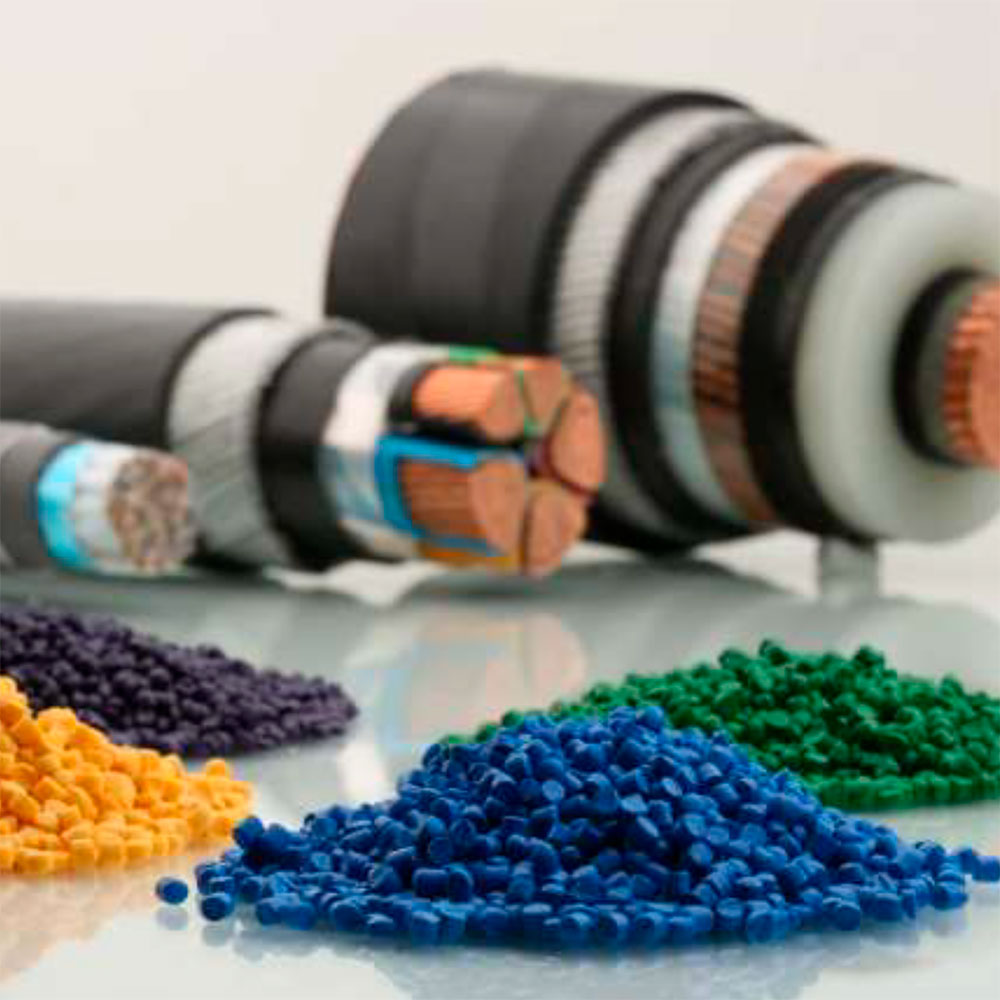Cross-linked polyethylene (XLPE), commonly known as XLPE cable, is a type of electrical cable used for power transmission and distribution. Here are some key points about XLPE:
Material: XLPE insulation is made by chemically cross-linking polyethylene molecules. This process enhances its strength, stability, and ability to withstand high temperatures and electrical stresses.
Benefits:
Thermal Resistance: XLPE performs well at both high and low temperatures.
Abrasion Resistance: Its structure makes it extremely resistant to wear and tear.
Chemical Resistance: XLPE withstands exposure to hazardous materials.
Mechanical Strength: It offers reliability and versatility.
Affordability: XLPE insulation is cost-effective compared to other options.
Applications:
Power Distribution: Used in buildings, industrial installations, and utility power grids.
Voltage Ratings: Available for low-voltage, medium-voltage, and high-voltage applications.
Industries: Automotive, aerospace, chemical, and residential heating systems.
Difference from PVC Insulation:
XLPE can be used for both high and low-tension applications.
PVC (polyvinyl chloride) insulation lacks the same robust properties as XLPE123.

